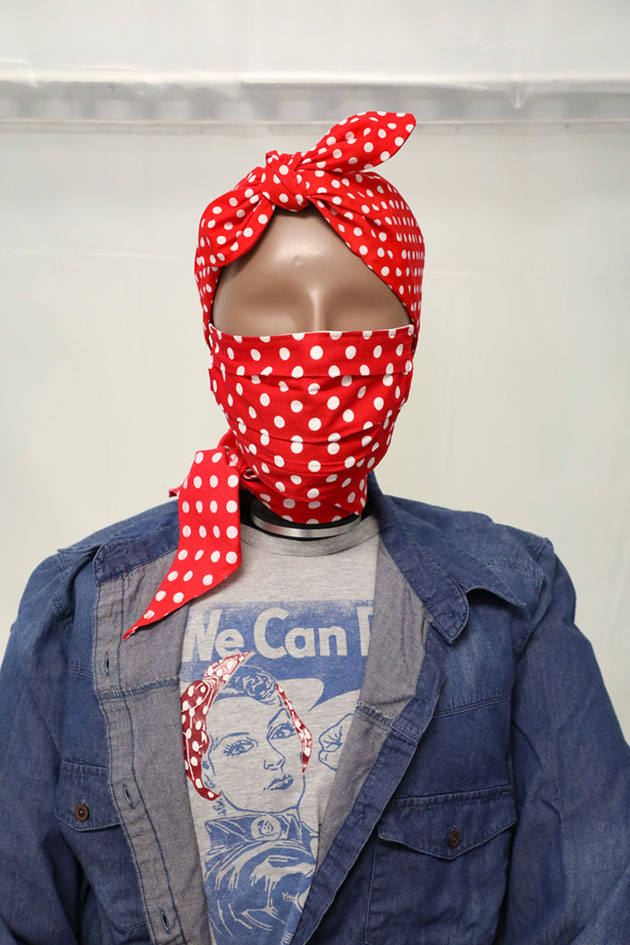Originally published at boeing.com. Boeing Company ranked No. 17 on The Fair360, formerly DiversityInc Top 50 Companies for Diversity list in 2021.
The countdown is on for the Boeing CST-100 Starliner second Orbital Flight Test, or OFT-2. Targeted for July 30, the uncrewed flight is scheduled to lift off from Florida’s Cape Canaveral Space Force Station at 2:53 p.m. Eastern time — but the capsule won’t be empty. “Rosie the Rocketeer,” Boeing’s anthropometric test device, will be reclaiming the commander’s seat for the test flight to and from the International Space Station.
“She is a 180 pound test device in European tan that is meant to represent the 50th percentile of human dimensions in height and weight,” said Melanie Weber, the subsystem lead for Crew and Cargo Accommodations on the Commercial Crew Program. “Rosie’s first flight provided hundreds of data points about what astronauts will experience during flight, but this time she’ll help maintain Starliner’s center of gravity during ascent, docking, undocking and landing.”
“Even the car you drive must maintain its center of gravity or it could rollover,” Weber said.
For OFT-2, spacecraft data capture ports previously connected to Rosie’s 15 sensors will be used to collect data from sensors placed along with the seat pallet, which is the infrastructure that holds all the crew seats in place.
“While Rosie provided us critical insight into how much force her body experienced in the commander seat during the first OFT mission, these new sensors will capture data to characterize the motion of all four crew seats,” said Dan Niedermaier, crew module chief engineer. “Generally, all seat locations behave similarly; however, there are small differences that our engineers want to validate to ensure everyone gets a nice, enjoyable ride.”
Wearing her Boeing blue spacesuit and red polka dot headscarf, teams recently strapped Rosie securely into her seat. Rosie the Rocketeer is named after World War II’s Rosie the Riveter as an ode to the women who have blazed a trail in aerospace and human spaceflight. During this flight, she will even be wearing a matching face mask that was hand-sewn by 95-year-old Mae Krier. Krier is a real-life Rosie who helped build planes in a Boeing factory in Seattle when she was 17 years old.
“Women in aerospace have made great strides, and hopefully Rosie will inspire more to enter the industry,” Weber said. “It is absolutely important to include all people in this field to make sure our services and products accommodate all people. We only become stronger when we have diverse perspectives.”
Weber made history as the first woman and first Hispanic to lead operations at a launch pad during the Starliner’s first Orbital Flight Test. She looks forward to seeing Rosie again when the spacecraft is moved to the Vertical Integration Facility to be mated with the ULA Atlas V rocket ahead of OFT-2. Prior to the move, the Starliner spacecraft, comprising the crew module and service module, will be loaded onto a weight and center of gravity machine in the Commercial Crew and Cargo Processing Facility at Kennedy Space Center to ensure Rosie and the cargo are properly balanced.
“We are all excited to see Rosie in the Starliner again because she symbolizes our bigger goal of safely and reliably transporting astronauts to and from the International Space Station,” Weber said.
Following a successful OFT-2 mission, NASA and Boeing are targeting late 2021 for the Crew Flight Test, which will be Starliner’s first flight with astronauts on board.


















